Reflection of Light and Sound
Subject: Science

Overview
Total internal reflection of light occurs when light passes through a medium from a denser medium to a rarer medium, resulting in the reflection of light in the same medium. This phenomenon can cause the sparkling of diamonds, the shining of surfaces, and the illusion of mirages. Optical fibers, a narrow optical medium, are used in communication technology to transmit messages or data as light waves, allowing for high-speed total internal reflection propagation. They are used in various applications, such as endoscopy and colononoscopy, which examine internal organs, and keyhole surgery, which uses a laparoscope to monitor organs. In the medical field, optical fibers are used in endoscopy and colononoscopy, which use an endoscope with an optical fiber and a camera to examine the digestive system. Keyhole surgery, also known as laparoscopic surgery, uses a small skin incision to introduce a laparoscope to monitor interior organs.
Total Internal Reflection of Light
If the angle of incidence becomes greater than the critical angle, the light gets reflected in the same medium instead of being refracted. This means the light passing through the semicircular surface of the glass returns to the glass. The phenomenon of light reflecting in the same medium when it is passed from a denser medium to a rarer medium is called the total internal reflection of light. All laws of the reflection of light are applicable in this process.
The water-air interface fully reflects light rays from a fish in an aquarium from the outside, reaching the observer's eyes. The viewer sees the fish below the water and its picture above the mirror as a dazzling water-air interface.
Light at the interface of two media is usually reflected and refracted. Total internal reflection reflects all light. Therefore, 'total' is utilized. The following criteria ensure 100% light reflection:
- Light must go from thick to rare.
- The incident angle must exceed the critical angle.
Consequences of Total Internal Reflection of Light
a. Sparkling of Diamond
Diamonds have a narrow critical angle (24") due to their high refractive index. The diamond-air interference angle of incidence readily exceeds its critical angle. This makes diamonds reflect light internally. total
The number of diamond faces determines its shape. Multiple internal reflections are achieved by cutting the diamond into various faces. This causes 100% internal reflection of light rays through the diamond, making it glitter. If a block of glass is cut with diamond-like faces, it will not shine like a diamond since the critical angle for glass is 42° and most light rays are reflected and exit the other face.
b. Shining of a Surface
Smooth surfaces reflect light, making objects glow. These surfaces seem shiny due to 100% internal reflection of light from the water-air and glass-air interfaces. The angle of incidence at the interface of water and air is greater than the critical angle; therefore, total internal reflection occurs at the surface of the air bubble produced inside the water. The air bubble illuminates from outside. Also, light rays from water (a dense medium) to air (rarer medium) within an empty test tube partially dipped in water and held at an angle are completely reflected at the thin glass test tube wall. The immersed tube is shining outside the beaker.
c. Mirage
The figure shows that walking on a pitched road on a hot summer day creates the illusion of a pool of still water. The road is dry when the observer arrives. Mirage describes this illusion. The entire internal reflection of light causes a mirage. When intense sunlight heats the earth's surface, distinct layers of air with decreasing temperatures form. The layer nearest the hot surface heats up faster than the above one. Thus, the upper layer has a greater refractive index than the layer below it. The hot layer operates like the rarer medium and the chilly layer is like the denser medium. Thus, tall objects' reflected rays descend from the cold layer (denser medium) to the hotter layer. Light refraction continually at successive air levels as it goes from denser to rarer medium increases the angle of incidence above the critical angle for that layer.
Thus, entire internal light reflection happens. Thus, reflected rays rise and hit the observer's eyes. Thus, the viewer sees an inverted road surface. The image appears to flicker on a pool of water because the air layers' refractive indices vary continuously.
Considerable Question
What happens when sound waves refract like light waves during mirage formation?
As seen in the picture, sound waves travel through the upper air layer during the day and refract toward normal at different air layers. Hearing is difficult from afar because sound waves curve upward. The figure shows how nighttime sound wave refraction at various air strata bends them downward and generates total internal reflection. A ground listener can hear the sound clearly from a distance.
Application of Total Internal Reflection of Sound
Optical Fiber
Our internet provider brings a cable to our home for cabled internet. The outer covering of one cable end is removed to reveal a thin fiber. The figure shows how a connecter connects the fibre to the router. In cabled internet systems, fiber optics inside the cable enable fast communication and internet connectivity. Light is transmitted through a thin, transparent medium, like glass, using fiber optics. Fiber optics uses optical fibre, a narrow optical medium.
A bundle of tiny glass fibers is an optical cable's core. Internal reflection is possible because a lower-refractive shell surrounds the core. The fibre-cladding layer's angle of incidence exceeds the critical angle because light flows through the fiber. Light leaves the fibre straight or twisted after passing through the core without leaving the cladding.
Medical professionals first used optical fibers to deliver light into organs to monitor them.
After that, they send light-speed communication impulses. Although optic fibers are used to verify, produce decorative products, and more, they are mostly employed in communication.
- Use of Optical Fibers in Telecommunication
Communication technology uses optical fibers to rapidly transmit messages or data as light waves, utilizing total internal reflection. The communication signal is transformed into light and delivered through optic fibers for high-speed total internal reflection propagation. Optic fibres can transfer a lot of data quickly and securely across vast distances compared to wires and copper connections. Data can be sent at 1 GB/s. Optical fibers can transport thousands of phone calls at once. People can utilize optical fiber to receive internet signals, watch HD videos, upload and download huge files, and more.
The fiber cables are wrapped and laid on the ground. Our country's East-West Highway, Mid-Hill Highway, and other routes feature optical fiber connections. These cables connect to the world via India and China. Long-distance communication uses optical fibre cable bundles on land, air, and sea. These cables form an international optical fiber network.
- Use of Optical Fibers in the Medical Field
Endoscopy and Colonoscopy
Endoscopy is a nonsurgical method for examining the internal organs of the body. In this technique, an endoscope with an optical fiber and a camera is used to examine the digestive system, including the esophagus, stomach, and small intestine. For example, endoscopy can be used to treat ulcers in the stomach. To do this, the endoscope is inserted through the patient's mouth and guided to the stomach via the esophagus.
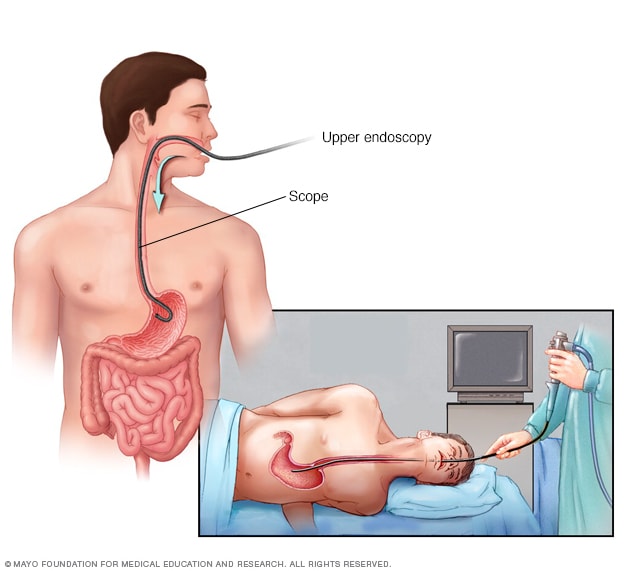
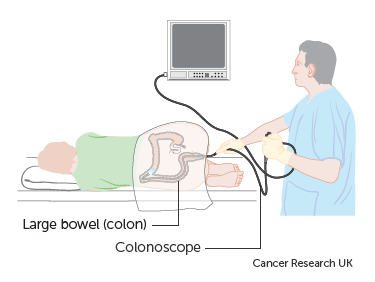
In an endoscope, two optical fiber bundles are parallel. One bundle sends light to the body's organs, while the other collects reflected light. The organ's shape can be seen directly or via a camera-connected video monitor. A colononoscopy is a rectum-inserted endoscope used to inspect the colon and large intestine.
Keyhole surgery
A surgeon uses a small skin incision for keyhole surgery. Keyhole surgery is also called laparoscopic surgery because a small incision is used to introduce a laparoscope to monitor interior organs. The laparoscope uses bundles of optical fibers and a camera to send light within the body and display organ shapes on a monitor. Besides the laparoscope, keyhole surgeons employ different surgical devices. This operation removes damaged organs, extracts tissue samples for biopsy, removes gallstones and kidney stones, etc.

Things to remember
- Total internal reflection of light occurs when light is reflected in the same medium when it is passed from a denser medium to a rarer medium.
- Optical fibers are used in communication technology to rapidly transmit messages or data as light waves, utilizing total internal reflection.
- Endoscopy uses an endoscope with an optical fiber and a camera to examine the digestive system, including the esophagus, stomach, and small intestine.
- A colononoscopy is a rectum-inserted endoscope used to inspect the colon and large intestine.
- Keyhole surgery, also known as laparoscopic surgery, uses a small skin incision to introduce a laparoscope to monitor interior organs.
- Overall, total internal reflection of light is a crucial aspect of various applications, including communication, telecommunication, and medical fields.
© 2021 Saralmind. All Rights Reserved.

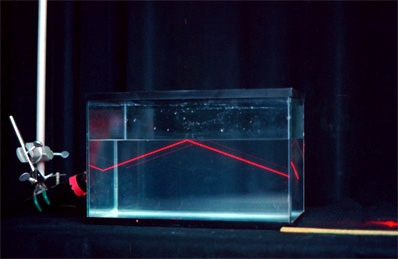
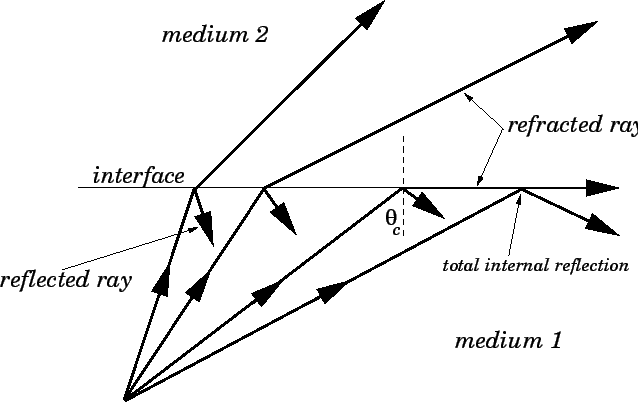






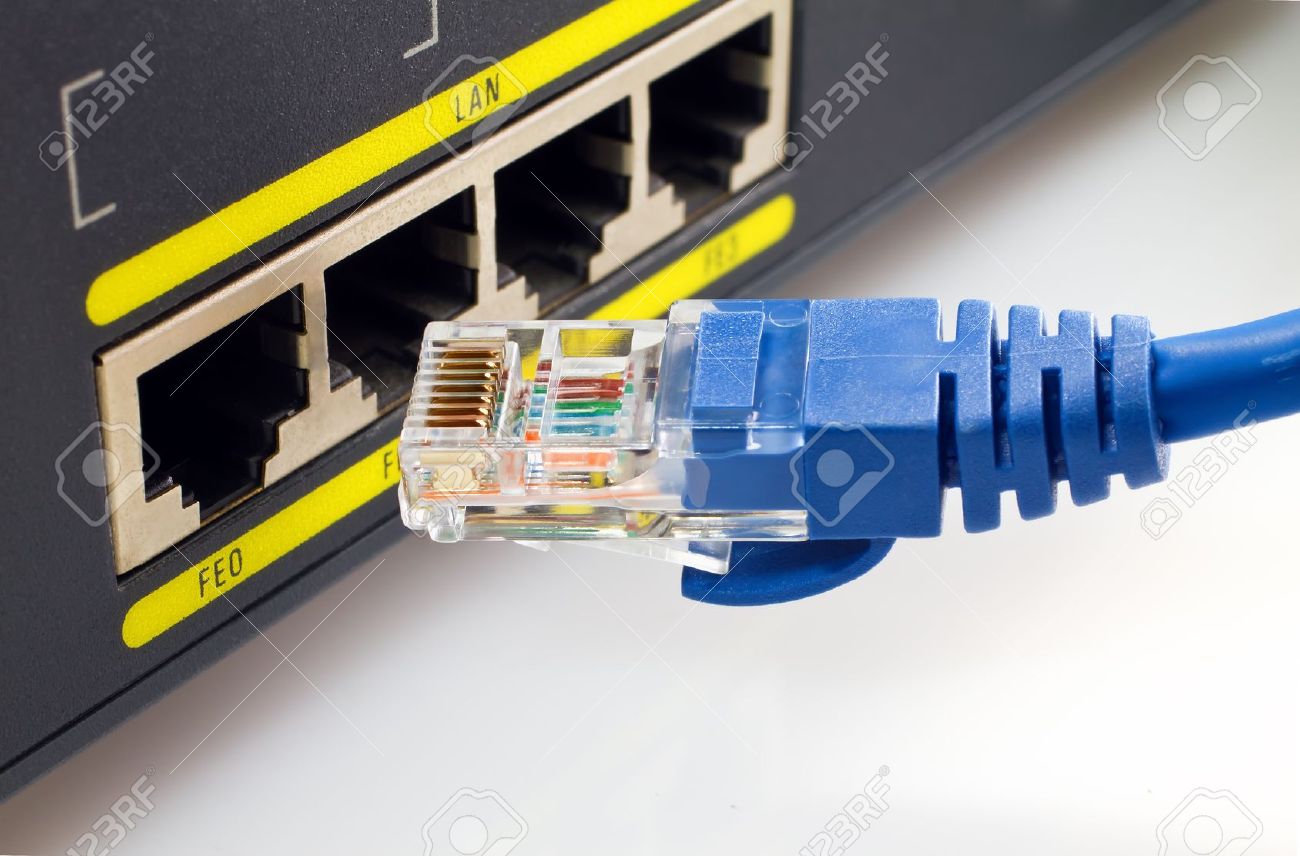
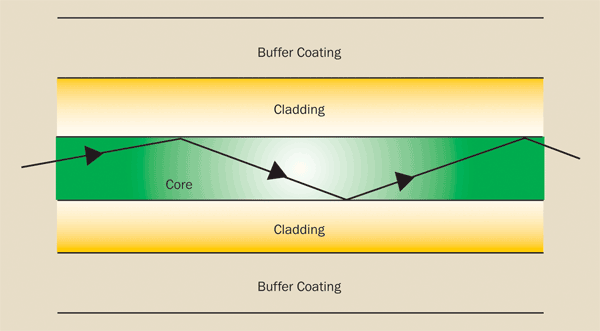
 Login with google
Login with google